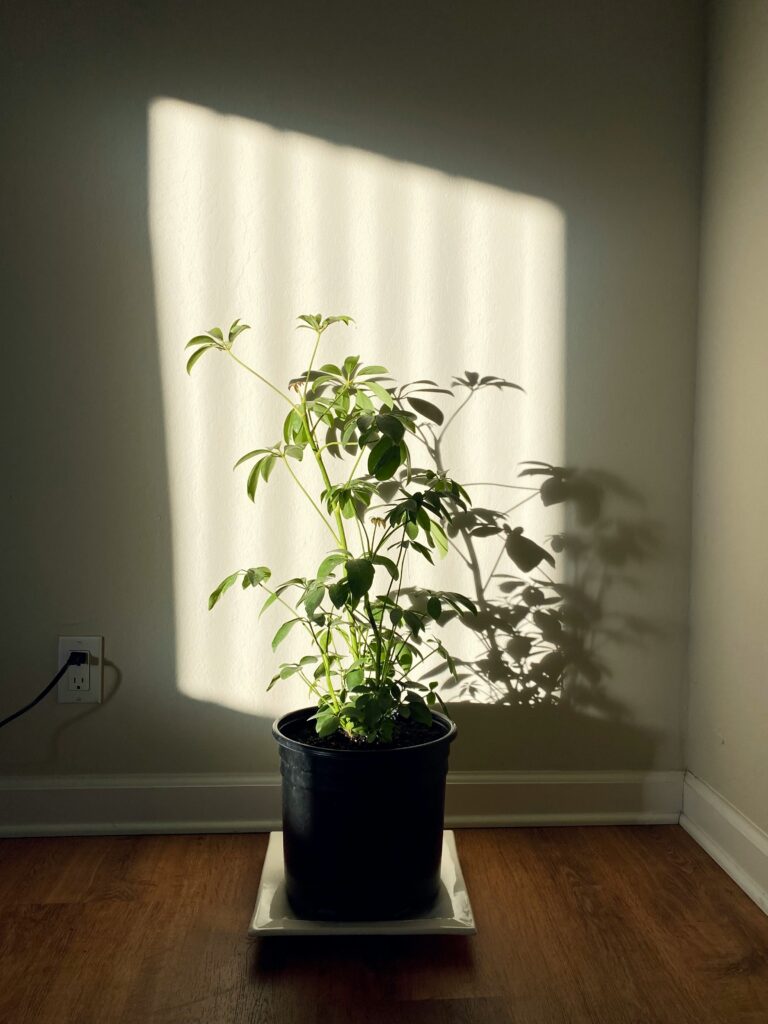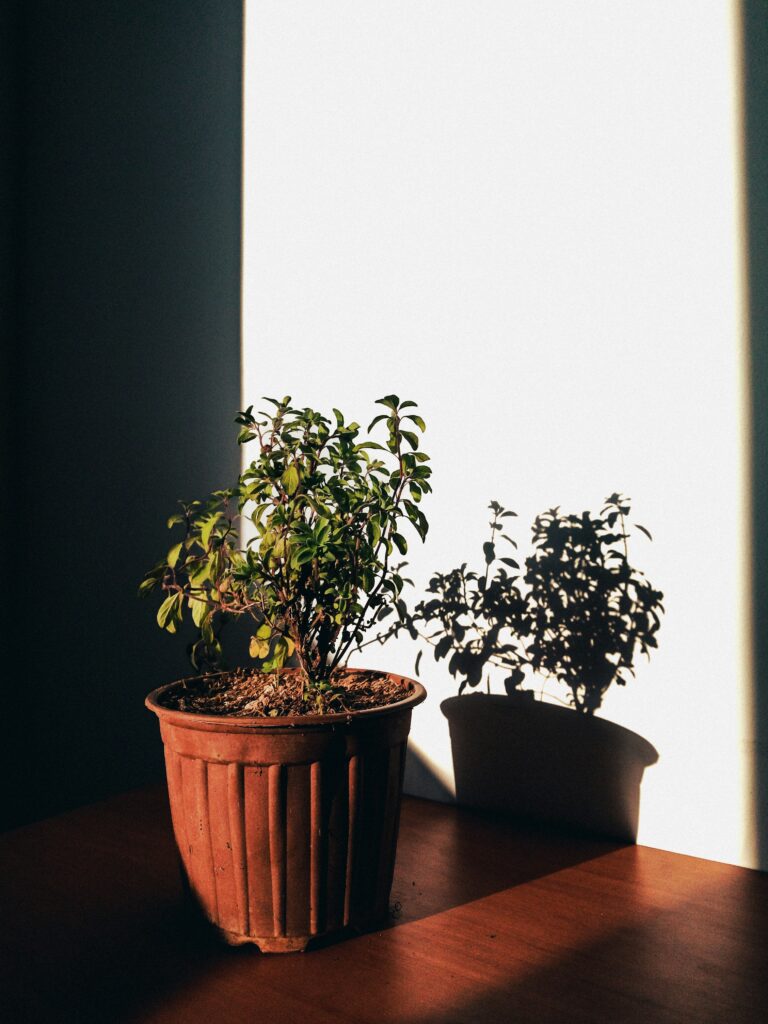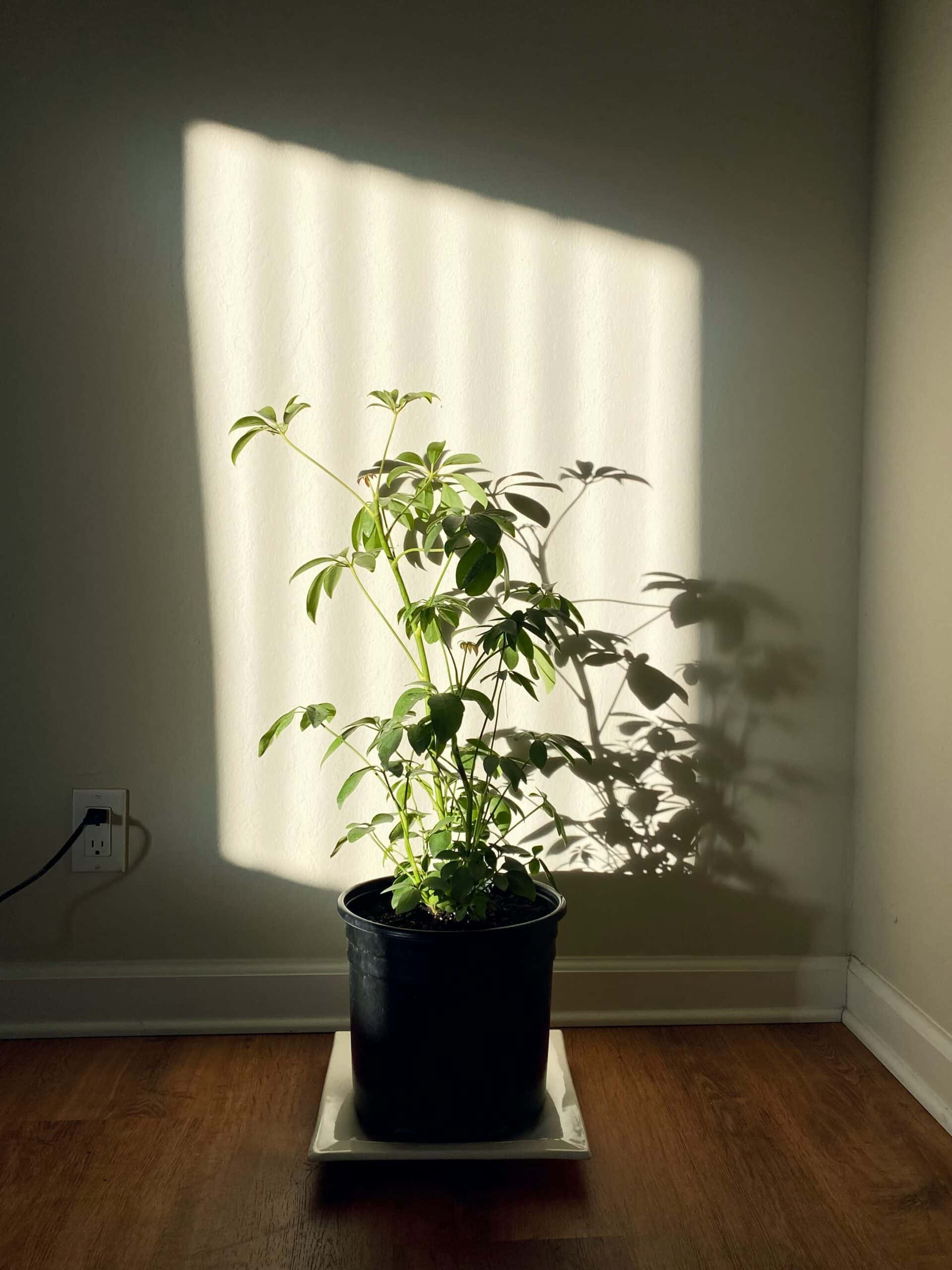Anúncios
Could it be that your plants are silently pleading for more sunlight? Unveiling the secrets of plant care, this post sheds light on how to tell if your plants are craving more sunshine.

Mastering the art of indoor gardening isn’t merely about watering and weeding. It encompasses understanding the subtle signs that plants exhibit when they yearn for more sunlight. These silent pleas often go unnoticed until it’s too late, resulting in a wilted, dull, and lifeless indoor garden. 🌱
Anúncios
This enlightening guide will delve into the telltale signs that your greenery may be yearning for more sunlight. From yellow leaves to elongated stems, the symptoms of sunlight deprivation in plants are varied and sometimes subtle. Hence, a keen eye and an understanding of these signs are crucial for plant health. 🌞
Not all plants require the same amount of sunlight, and recognizing this can make a world of difference in your indoor gardening journey. This post will also discuss how different plants have different sunlight needs, helping you provide the perfect sunbathing conditions for each of your green babies. 🌿
Anúncios
Furthermore, it’s not just about understanding the signs, but also knowing how to take corrective action. The concluding sections of this post will provide practical tips on how to give your plants the sunlight they crave without risking sunburn. So, let’s embark on this enlightening journey to make your indoor garden thrive. 🌼
Understanding Plant Light Requirements
Plants, like all other living organisms, have unique survival needs. One of the most essential needs of plants is light, which fuels the photosynthesis process. However, not all plants have the same light requirements. Understanding these differences is crucial for successful plant cultivation.
Plants’ light requirements can be divided into three primary categories, namely: full sunlight, partial shade, and full shade. Full sunlight plants require at least six hours of direct sunlight daily. Partial shade plants need about three to six hours of sunlight, while full shade plants can survive with less than three hours of light exposure.
The Importance of Sunlight to Plants
Sunlight plays a pivotal role in the plant’s life cycle. It provides the energy required to drive photosynthesis, a biochemical process in which plants convert water, carbon dioxide, and sunlight into glucose and oxygen. This process is the foundation of life on Earth.
Furthermore, light dictates the plant’s growth direction – a phenomenon known as phototropism. In phototropism, the plant grows towards the light source, which ensures maximum light absorption. Hence, plants’ placement in relation to the light source directly influences their health and growth.
How to Tell if Your Plants Need More Light
Identifying whether your plant is receiving adequate light can be a complex task, especially for beginners. However, several tell-tale signs indicate light deprivation in plants.
Leggy Growth and Fewer Flowers
When a plant doesn’t receive enough light, it grows tall and spindly, with elongated stems. This is an attempt to reach towards a light source. Additionally, light-deprived plants produce fewer flowers and fruits, affecting their overall productivity.
Color Changes
Inadequate light can also cause color changes in plants. For instance, plants with green leaves might turn yellow, a condition known as chlorosis. This happens because chlorophyll, responsible for the plant’s green color and photosynthesis, breaks down without enough sunlight.
How to Provide More Light to Your Plants
If you’ve noticed that your plant is showing signs of needing more sunlight, such as slow growth, yellowing leaves, or stretching towards the light source, there are several effective ways to improve its light intake. Plants rely on light for photosynthesis, which is essential for their overall health and growth. Here are some practical steps to help you ensure your plant gets the right amount of light it craves.
Relocate Your Plants
One of the easiest and most effective ways to increase light exposure is to relocate your plant closer to a natural light source. This could mean moving it closer to a window or a brighter spot in your home. However, there are a few things to keep in mind when moving your plants around:
- Maximize Natural Light: If possible, place your plant near a window that faces south or west, as these windows typically receive the most sunlight throughout the day. East-facing windows are also good, especially for plants that prefer gentler light.
- Avoid Intense Direct Sunlight: While sunlight is essential for plant growth, too much direct sunlight, especially through a window, can lead to leaf burn. Ensure your plant is receiving indirect or filtered light if it’s placed in a spot with harsh midday sun. You can use sheer curtains or blinds to diffuse the sunlight and prevent overexposure.
- Consider Light Intensity: Not all plants require the same intensity of light. While sun-loving plants like succulents and tomatoes thrive in direct sunlight, others, like ferns and peace lilies, do better in low to medium light conditions. Relocating your plant closer to a window should take into account its light preferences.
Use Artificial Light
When natural light is insufficient, artificial light can provide a reliable alternative to ensure your plant gets the light it needs. Artificial grow lights can help supplement the natural sunlight or take its place entirely, depending on the conditions in your home.
- Fluorescent Lights: Fluorescent lights are energy-efficient and provide a good light spectrum for plants. They are best used for plants that require moderate light. These lights are typically low heat, so they won’t harm your plants even if placed closer to them. Fluorescent bulbs are a great option for smaller plants, herbs, or leafy greens.
- LED Grow Lights: LED grow lights have become the most popular option for indoor gardening. They’re energy-efficient, durable, and can be tailored to provide a full spectrum of light that supports all stages of plant growth—from seedlings to flowering plants. LEDs can be used to mimic sunlight, allowing you to grow a wide range of plants indoors.
- Proper Placement: Whether you’re using fluorescent or LED grow lights, positioning them properly is key to maximizing light absorption. Place the light 6-12 inches above your plants, depending on their size and the type of light used. The closer the light is to the plant, the more intense the light will be. However, ensure there is enough space between the light and the plant to avoid heat damage.
- Light Duration: Plants require a specific amount of light each day to thrive. Most indoor plants need 12-16 hours of light per day. Using a timer for your artificial light can help ensure your plants get the right amount of exposure without the need for manual adjustments.
Additional Tips for Maximizing Light for Your Plants
Monitor Plant Health: Keep an eye on your plants’ health and adjust their lighting needs as necessary. If you notice leggy growth or stretched stems, it could be a sign that your plant is reaching for more light. Similarly, if you see scorched or brown edges on the leaves, this could be a sign of too much direct light.
Reflective Surfaces: If your plant is in a location where light is limited, you can use reflective surfaces, such as mirrors or aluminum foil, to bounce light back onto the plant. This can help increase the amount of light it receives without needing to move it.
Rotate Your Plants: To ensure your plants grow evenly, rotate them every few days. This will allow all parts of the plant to receive equal exposure to the light and prevent them from leaning toward the light source, which can cause lopsided growth.
Measure Light Levels
Understanding how much light your plants are getting is crucial to ensuring their health and growth. While simply observing their physical appearance can provide some clues, using precise tools can give you a more accurate assessment of light intensity in your space.
Use a Light Meter
A light meter is an invaluable tool for measuring the intensity of light in your indoor garden. It can help you determine whether your plants are getting enough light, which is essential for photosynthesis, or if the intensity is too low or high for their needs.
- How It Works: Light meters measure the amount of light falling on a surface, typically in units called lux or foot-candles. By placing the light meter at the level of the plant’s foliage, you can determine whether it is receiving an adequate amount of light. For most indoor plants, a range of 1,000 to 2,000 lux is considered ideal for healthy growth, although this can vary depending on the plant species.
- Why It’s Useful: A light meter allows you to assess areas of your space that may have inconsistent light levels. For example, you may think a plant is getting enough light, but the light meter might reveal that it’s receiving less light than needed. This insight enables you to adjust the plant’s position or use supplemental lighting to meet its needs.
- Practical Application: Using a light meter in different areas of your space (e.g., near windows, under artificial lights, or in shaded corners) can help you identify optimal plant placements and avoid underexposure or overexposure to light. If you’re using grow lights, a light meter will help you determine the proper distance from your plants to avoid both light insufficiency and heat damage.
Observe and Adapt
While a light meter provides accurate data, plants themselves can also give you important clues about their light requirements. Observation is key to understanding how well your plants are adapting to their environment, and it allows you to adjust your light strategies accordingly.
- Signs of Light Deficiency: If a plant isn’t receiving enough light, it may exhibit signs like slow growth, yellowing leaves, or stretched, leggy stems (etiolation). This often happens when the plant is trying to reach for more light. In this case, you might need to move the plant closer to a light source or increase the intensity and duration of artificial light.
- Signs of Excessive Light: Too much light can lead to leaf scorch, where the leaves turn brown or develop crispy edges. This is especially common when plants are exposed to direct light for long periods, particularly through a window or under powerful grow lights. If this happens, try reducing the light intensity or moving the plant to a location with indirect light.
- Adaptation: Plants will often adapt to their light conditions over time. This means that slight changes in their environment may not show immediate effects. Regularly monitoring their health and the environment around them will help you make timely adjustments. For example, if you notice your plant leaning towards the light, it might be time to rotate it to ensure even exposure.
By continually observing how your plants respond to light, you can fine-tune your strategies, ensuring they receive the right amount of light and thrive in their environment. As your plants grow, their light needs may change, and being attentive to these changes will allow you to adjust and support their development.
Light Requirements for Different Plant Types
Different types of plants have different light requirements. For instance, succulents and cacti require a lot of sunlight. In contrast, ferns and ivy can thrive under lower light conditions.
High Light Plants
High light plants like the jade plant, aloe vera, and spider plant thrive in sunlight. They are perfect for areas in your home with plenty of natural light.
Low Light Plants
On the other hand, low light plants such as snake plants, pothos, and ZZ plants can thrive even in less illuminated areas of your home.
In conclusion, understanding your plants’ light needs and providing them with appropriate light conditions can significantly improve their health and productivity. It’s important to observe your plants and adapt to their needs for successful cultivation.

Conclusion
In conclusion, it’s apparent that your indoor greenery doesn’t just need watering, but also requires the right amount of sunlight to thrive. Learning to discern the signs that your plants are craving more sunshine is essential for maintaining their health and vitality. As we discussed, various signs like slow growth, leggy stems, fading leaf color, and a decrease in foliage are sure indicators that your plant might be struggling due to insufficient light.
However, remember that each plant has unique light requirements. Some may flourish in low light conditions, while others may need bright, indirect light. So, research about your particular plant species and adjust the sunlight exposure accordingly.
Moreover, if you notice your plant showing signs of light deprivation, don’t panic. There are numerous strategies you can employ, such as changing the plant’s location, using reflective materials, or even investing in artificial grow lights. In essence, understanding your plants’ sunlight needs and adjusting their environment accordingly can help them grow lush and healthy. This knowledge will allow you to truly shine a light on your plants and create a vibrant indoor garden.

